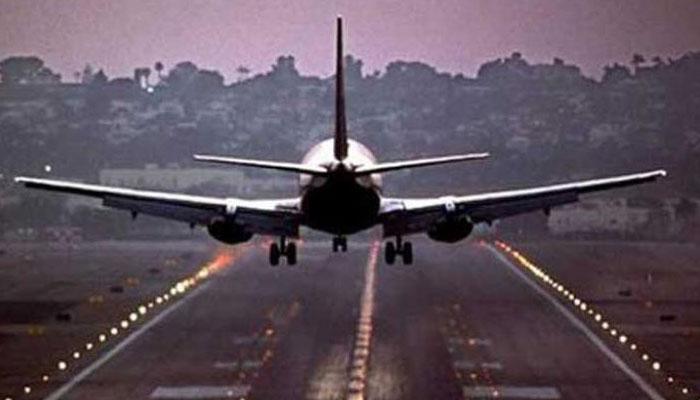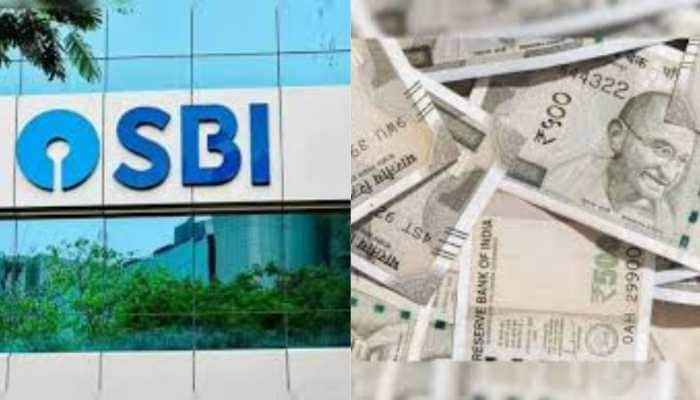Govt imposes up to Rs 8,500 levy per flight, seeks to allay fare hike fears
Flyers will soon have to shell out more for air travel with the government's decision to levy up to Rs 8,500 per flight on major routes to fund the regional connectivity scheme even as it sought to allay concerns saying the amount will be small and can attract more travellers.
Trending Photos
)
New Delhi: Flyers will soon have to shell out more for air travel with the government's decision to levy up to Rs 8,500 per flight on major routes to fund the regional connectivity scheme even as it sought to allay concerns saying the amount will be small and can attract more travellers.
The levy, effective December 1, will be for an entire flight and the price of each ticket could go up depending on the number of seats in that particular flight.
The scheme -- UDAN (Ude Desh ka Aam Naagrik) -- seeks to connect small cities by air as well as make flying more affordable for the common man by way of capping fares at Rs 2,500 for one-hour flights under it.
Civil Aviation Secretary R N Choubey today said levy will be up to Rs 8,500 per flight depending on the distance flown.
"The levy for an up to 1,000 kilometre length of scheduled flight will be Rs 7,500 per flight, Rs 8,000 for a 1,000-1,500 km flight and Rs 8,500 for flights above 1,500 km," Choubey said here.
It will be applicable only on scheduled domestic flights operating on major routes and excludes regional flights, he said.
Seeking to dispel concerns that the move would push airfares upwards, the ministry said it believes the proposed levy is a small amount but can go a long way in bringing more travellers and cities to the Indian aviation network.
"Given the high growth in the sector, we expect that the airlines could be in a position to absorb a part of the levy and not adversely impact the passengers significantly," the ministry said in a three-page statement issued late in the evening.
However, the statement did not mention the quantum of levy which was disclosed by Choubey earlier in the day.
For UDAN, the government has created the Regional Connectivity Fund (RCF) -- which will be 80 percent financed by the Centre and the rest by respective states.
With the levy, the government estimates to have Rs 400 crore for RCF, Choubey said. "On top of it, another 20 percent (funding) will come from state governments. We are roughly looking at around Rs 500 crore per year available in the kitty," he said.
Choubey was speaking at a stakeholders' conference and pre-bid meeting on implementation of UDAN, whose final contours were unveiled last month.
To provide viability gap funding for the flights operated under UDAN, the ministry will charge the levy from airlines on every departure on major air routes such as the national capital, Mumbai, Chennai, Hyderabad, Bengaluru and Kolkata.
The levy will push air fares slightly higher as airlines are expected to pass on the burden to flyers.
However, Choubey said that even if the levy burden is passed on to the customers, the air fares will not go up significantly.
Stating that the levy will come into effect from December 1, 2016, Choubey said "even if it (levy) is being passed on entirely by airlines without any quantum being absorbed by them (airlines), it (the increase in airfares) should not be more than, let's say, one percent (of a ticket price). That is the ballpark figure".
The average increase in fares will be one percent and if the airlines decide to absorb a part of it, then the increase would be much less, Choubey added.
In the statement, the ministry said national scheduled airlines providing services on domestic routes where such fee per departure is levied will also be eligible to avail benefits of UDAN.
"Similarly, even the passengers would be benefited through additional connectivity on regional routes at prices which are at or below the airfare caps," it added.
According to the ministry, the funds collected will benefit the same airlines and passengers from whom it is collected and also expected to lead to creation of regional air connectivity services that will have spin-off benefits.
"The amount collected under the levy will be ploughed back into the sector," the ministry noted.
Citinig an ICAO study, the ministry said output multipliers of aviation is 3.25, which means that every Rs 100 spent on air transport contributes to Rs 325 worth of indirect benefits.
"More important, the employment multiplier is 6.10 which means that every 100 direct jobs in the air transport sector result in 610 jobs in the economy as a whole," the statement said.
"Therefore, the funds which are collected from national scheduled airlines for RCF can provide a further boost to the development of regional and national economies."
Stay informed on all the latest news, real-time breaking news updates, and follow all the important headlines in india news and world News on Zee News.
Live Tv







)
)
)
)
)
)
)
)
)
)
